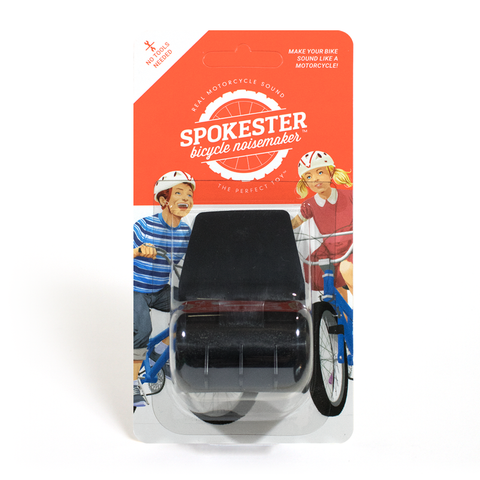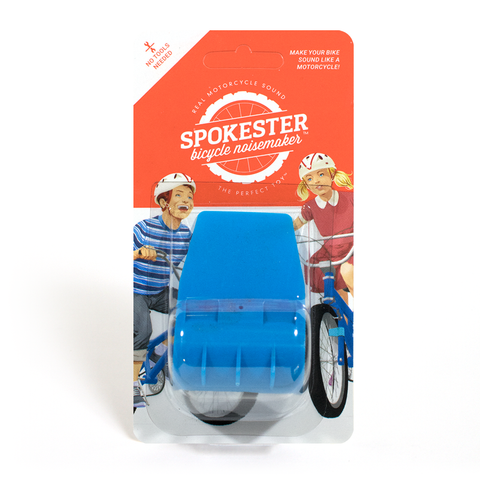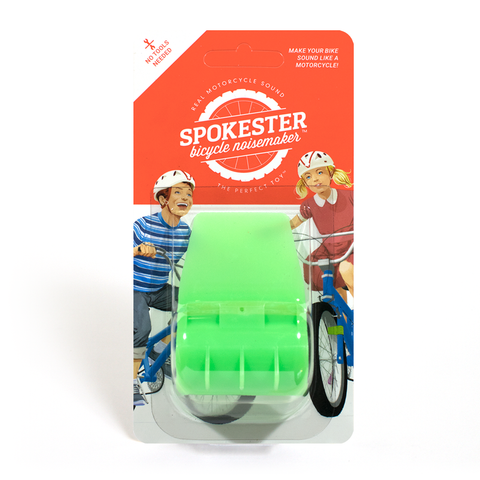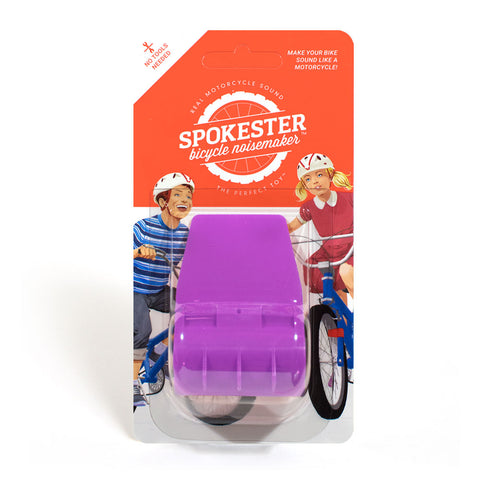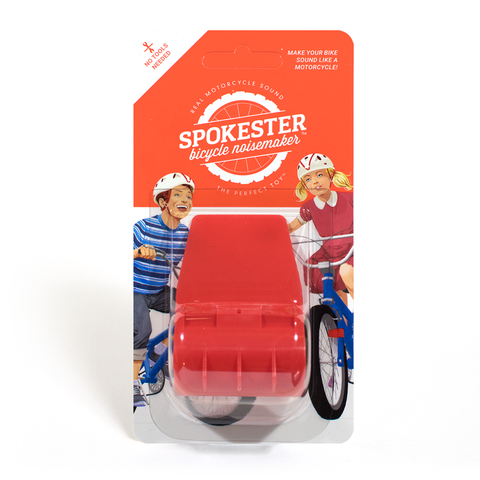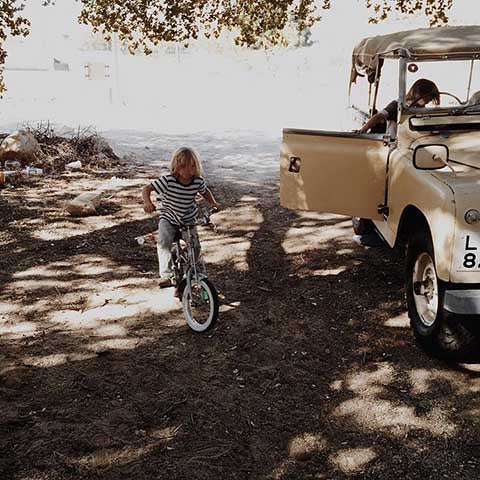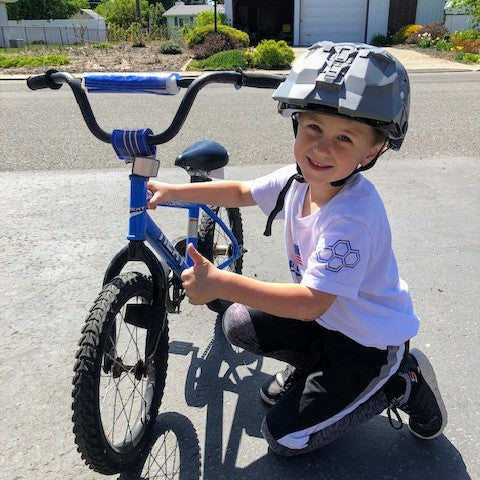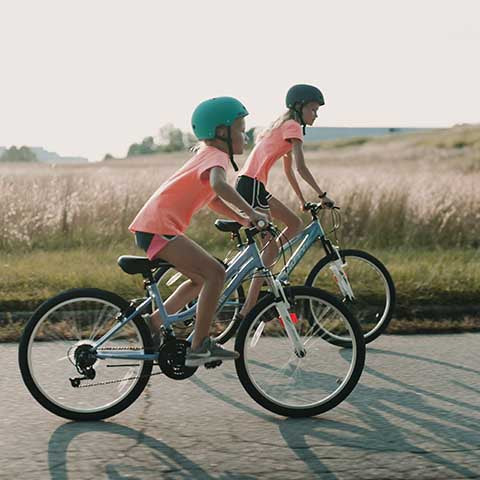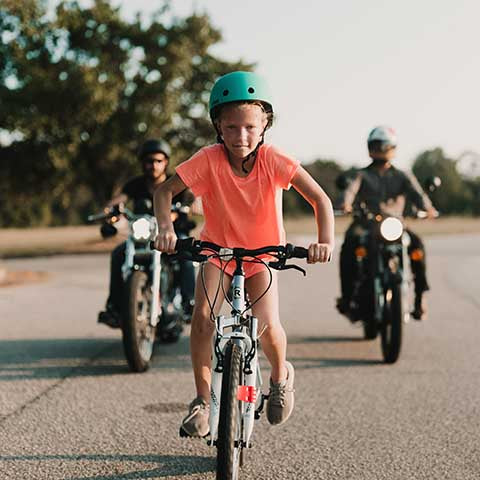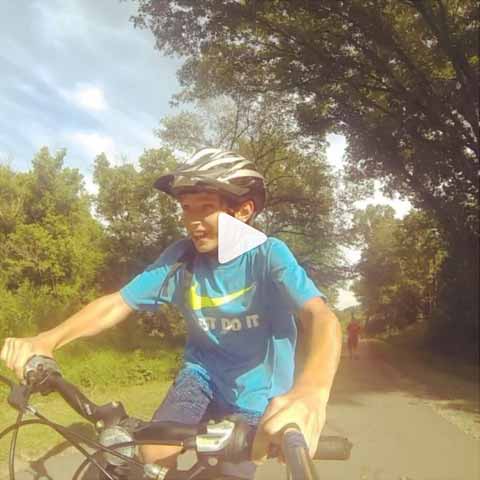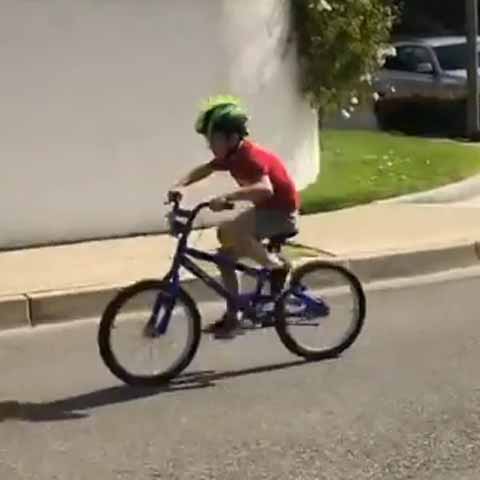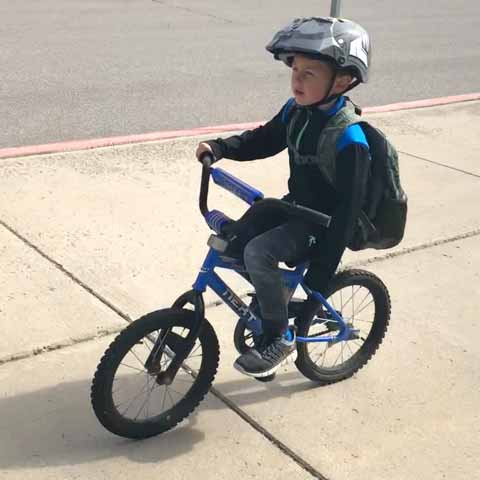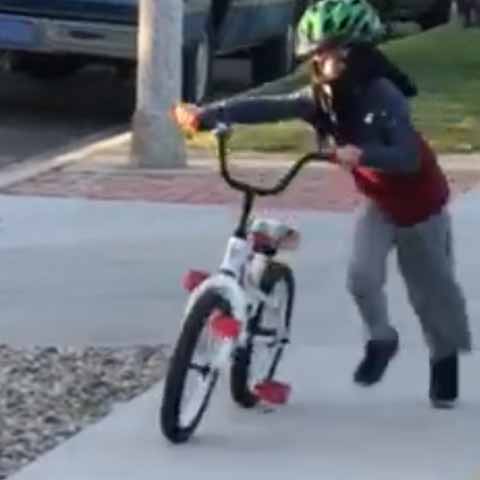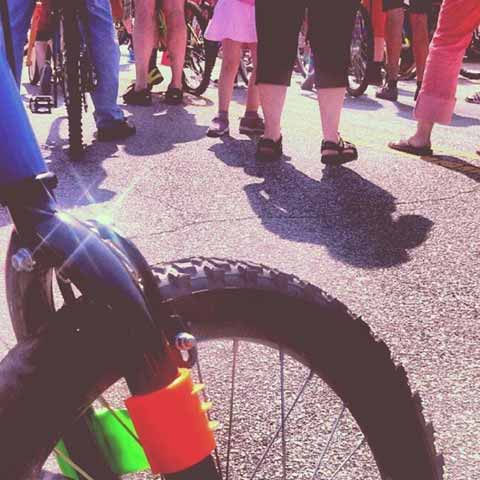How to Safely Get Your Children Into Dirt Biking
Some kids ask for a basketball as their first piece of sports equipment, others a baseball glove. The more ambitious go for a set of irons and a putter. Not yours, though.
No, your child wants a Kawasaki KLX 110R L with four-speed transmission and automatic clutch. Sweet.
If the day's finally come to transition your little daredevil from a freewheeling Spokester to a motorized four-stroke, there are plenty of ways to teach them how to ride a dirt bike safely. We'll consider the early stages from both a casual and a competitive angle.
Teaching Your Kids How to Ride a Dirt Bike: Casual Riding
Dirt Bike Size and Specs
Sizing in this case goes beyond traditional bicycle measurements. We're talking engines and electronics as well. Some entry-level bikes for very young riders have automatic transmission, adjustable throttles, and other features that make learning easier while minimizing the risks of self-propulsion.
Speaking of, you can follow some rules of thumb for bike power. Children 6–8 would have an easier time on a 50cc bike as opposed to a 110cc, which is more appropriate for pre-teens. That said, it's all about what they demonstrate they can handle safely. And keep used dirt bikes in mind if they're sprouting like weeds and in danger of outgrowing models quickly.
Controlled Environment
Would you teach your little one how to ride a bicycle on rocks? Of course not, and the same goes for a dirt bike. Using a flat, straight (dirt) road—and then an open field for leaning and turning—reduces the chances of disaster. If you're going to use training wheels (yes, they have training wheels for dirt bikes), then rutless, debris-free ground makes this safer as well.
One Riding Lesson at a Time
Young minds can only soak up so much in a single sitting. Take it slow and teach one thing at a time: basic throttling and braking, turns, posture, gears, etc. Sure, weave in non-technical stuff such as the importance of hydration or trail maintenance as you go. Just don't overwhelm them since they're less likely to absorb the concepts and more likely to simply call it quits.
Dirt Bike Safety Gear
Shin guards may be good enough for soccer, but shredding trail takes a bit more armor. The right gear protects them during inevitable spills, builds confidence (it helps to be able to laugh off a fall), and keeps your own anxiety down. Include them in the shopping process as well. They're more likely to be excited about wearing a helmet, gloves, chest protector, and other gear if they get to pick the styles and colors they like. However, form takes a backseat to function here, with fit being top priority.
Maintenance and Responsibility
If they're going to have their own wheels, they need to know how to care for them. Just like bicycle upkeep, this is all about regular maintenance and basic repairs. Replacing air filters, using tire irons and spanners, oiling chains and sprockets, changing brake pads….you know, the fun stuff.
Teaching Your Kids How to Ride a Dirt Bike: Competitive Riding
Competition Type
Similar to competitive mountain biking, there are several kinds of DB racing to chat through with your child.
- Motocross: Motocross can be indoor or outdoor. Both incorporate various corners, jumps, and other challenges. Indoor courses tend to be more technical given limited space, which helps younger riders develop their skills.
- Enduro: As its name implies, enduro racing is longer and takes place over natural outdoor terrain as opposed to an artificial course.
- Trials: Riders earn points through precision. Balance and body control are key in maneuvering around obstacles without touching your feet to the ground.
Experience Level
Competitive dirt biking is sliced up based on age, bike size, and/or skill (beginner, intermediate, etc.). If you're looking for something more interactive than a Google search, pop into nearby motorcycle shops to chat about youth racing formats in the area. They're also a great resource for the DB scene in general. Motocross clubs and other organizations are dedicated to supporting the sport, including its burgeoning riders (and their parents).
Racing Gear
Racing, by nature, forces you to push yourself harder than you normally might. Depending on riding style, better protective equipment might be necessary to keep your kid safe as their competitive drive kicks in. New kinds of equipment may even be in the cards. Plastic tear-off strips are valuable to have for goggles in motocross, for instance. Lenses get progressively cruddier as packs of bikes fling up mud and dirt. Simply tear off the top strip and, voila, a cleaner (and much safer) view.
Fitness
Even though it doesn't require pedaling your heart out, dirt biking takes a lot of work. The physical exertion required for stability and body control over constant rough terrain means being in shape is just as important as it is for other sports. This makes riding a fun way to instill healthy lifestyle habits at an early age as part of practice and preparation for competitions.
Whether they're getting onto a dirt bike for the first time or thinking about entering their debut race, one of the most important things to do to get your kid safely into DBing is to be supportive. Your encouragement through their thrills and spills will directly impact how much they enjoy it and how far they take it.
Oh, and make sure you have a decent washing machine and plenty of Tide. You're going to need it.
